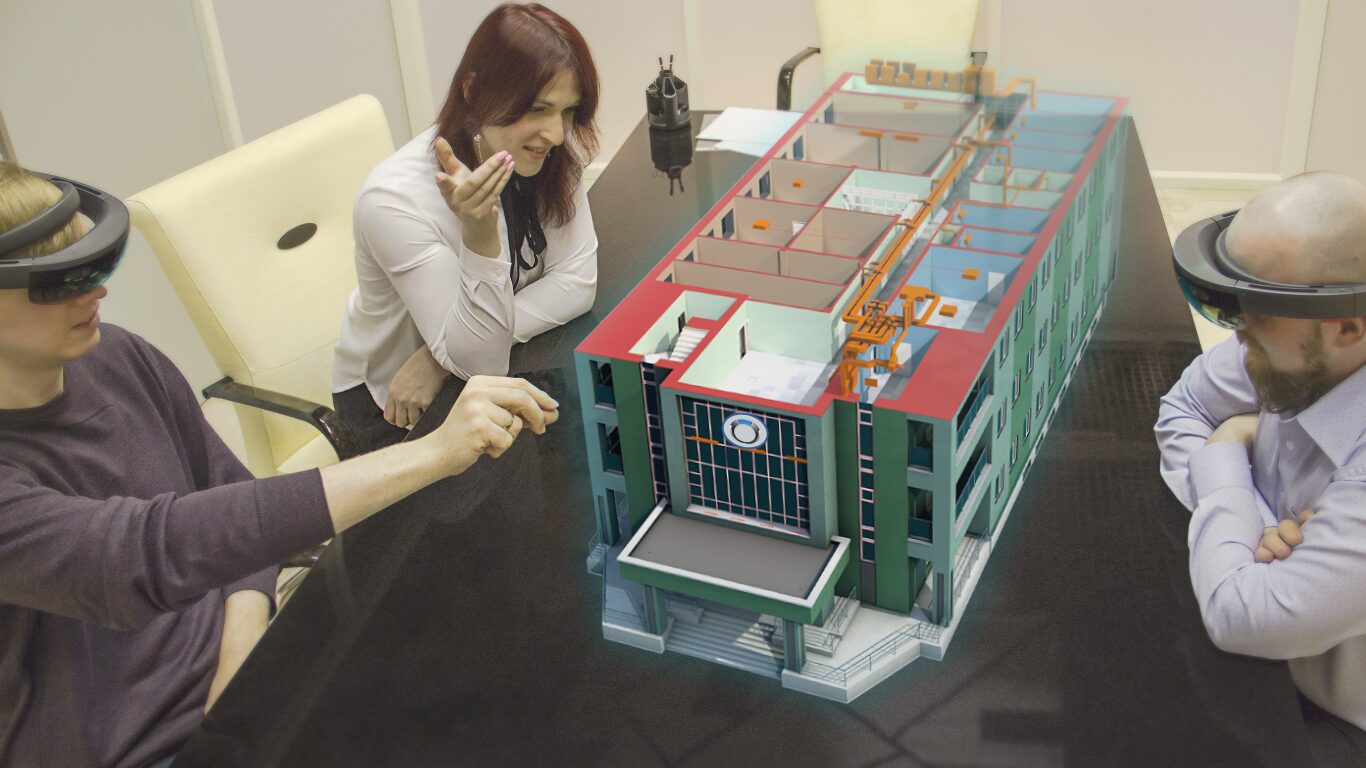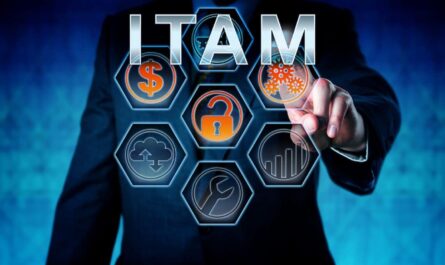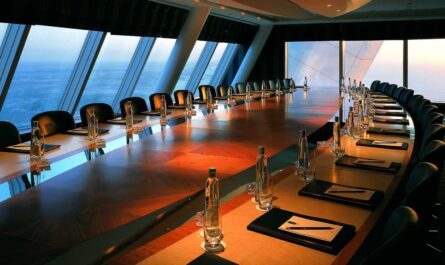3D reconstruction is a process of capturing the shape and appearance of real objects. Using sophisticated software and scanning devices, 3D models can be created to produce digital duplicates of physical items. These virtual 3D models have applications across many industries and are driving innovation.
Methods for Capturing 3D Data
3D scanning is a common technique for gathering geometric surface data needed to build 3D models. Laser scanners emit light in a structured pattern and measure the reflected light with sensors. This data forms a 3D point cloud representation of the scanned object. Another approach is photogrammetry which uses numerous overlapping photos taken from different angles to reconstruct texture and shape through specialized computer vision algorithms. Both methods allow high-fidelity capture of complex real-world structures and objects.
Advanced Modeling for Manufacturing
Obtaining accurate digital models enables new types of manufacturing. 3D Reconstruction and prototypes can now match the quality of machined products. Computer numerical control (CNC) machines use additive manufacturing and milling processes guided by 3D models. Industrial designers have new freedom to create optimally-engineered components without physical constraints. Complex internal cavities and lightweight latticed structures are easily produced. The automotive, aerospace and medical sectors heavily utilize these digital-to-physical workflows for light weighting, custom prosthetics and more.
Immersive Visualization and Analysis
Virtual 3D technologies move beyond traditional CAD by bringing objects to life. Augmented and virtual reality systems fuse immersive viewing with advanced simulations. Engineers can walk inside digitally scanned turbine engines to inspect hard-to-reach areas. Surgeons practice complex procedures on realistic 3D organ models. Cultural heritage preservation allows online visitors to interact with historic artifacts and structures from anywhere. The realism of virtual worlds leads to new forms of remote collaboration and problem solving across distances.
Digital Preservation of Heritage
3D Reconstruction technology helps preserve cultural treasures and landmarks threatened by environmental degradation or conflicts. High-fidelity digital archives now document historic ruins, sculptures, fossils and artifacts. The digital surrogate models allow detailed off-site study and replication for restoration. During disasters, scans provide a permanent digital record of destroyed sites and objects. Some physical sites have been fully recreated in virtual worlds using massive reconstruction efforts. These digital heritage projects educate global visitors and future generations about civilizations from the past.
Advanced Applications Are Just Beginning
As scanning and modeling capabilities progress rapidly, new fields continue emerging. Geologists utilize airborne laser scanning to create detailed digital maps of remote terrain for change analysis. Paleontologists digitally excavate fossil deposits layer by layer. Criminal profilers build virtual crime scene recreations to gather witness perspectives. Architects design fully interactive virtual walkthroughs of proposed buildings. The range of applications is only limited by imagination and what can be scanned. 3D modeling is giving people unprecedented abilities to analyze, visualize and experience our complex three-dimensional world. Major advances are still ahead as virtual and physical realities increasingly intertwine through these new 3D capabilities.
*Note:
1. Source: Coherent Market Insights, Public sources, Desk research
2. We have leveraged AI tools to mine information and compile it




